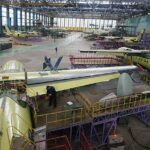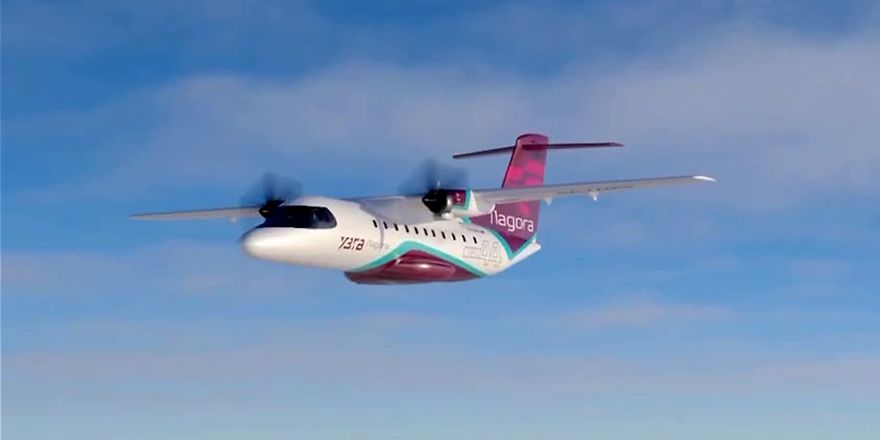The assembly of the first flying prototype of the Ladoga aircraft (TVRS-44) will be completed by the end of this year at the Ural Civil Aviation Plant (UZGA) in Ekaterinburg, and the prototype may take to the skies in the first half of 2025.
The aircraft will be manufactured by a wide range of aircraft and engine manufacturers. The fuselage will be produced at the Aviacor plant in Samara, the wing box and wing assembly at the Smolensk Aviation Plant, the tail at the UZGA plant in Nizhny Novgorod, and the aircraft will be powered by the TV7-117ST-02 engine developed by ODK-Klimov.
Final assembly will take place in Aramil (Ekaterinburg) in the Titanium Valley special economic zone at the Uktus site. This is the site of the UZGA engineering services building and the production building where the aircraft will be assembled. Four prototypes – two flight prototypes, a static prototype and a resource prototype – are expected to be built for testing and certification of the aircraft.
“It is expected that the fuselage from Samara, the wing from Smolensk and other units of the first flying prototype of the TVRS-44 will arrive in Ekaterinburg for final assembly by this summer, and by the end of the year the aircraft will begin workshop testing of on-board systems, and it will be able to take to the skies in the first half of 2025,” said our interlocutor in the Vzlet editorial office.
At present, the fuselage of the static prototype, which will be transferred to TsAGI for testing, is being manufactured in Samara and Smolensk in parallel with the production of units for the first flight model of the aircraft. The construction of the second flight model is planned to be completed in 2025, followed by the resource model.
Due to the large volume of certification work, which includes about 800 test flights, the start of serial production of the Ladoga aircraft and the first deliveries to customers are not expected before 2027. To speed up the certification process, UZGA and the Russian Ministry of Industry and Trade are discussing the possibility of creating a third prototype.






